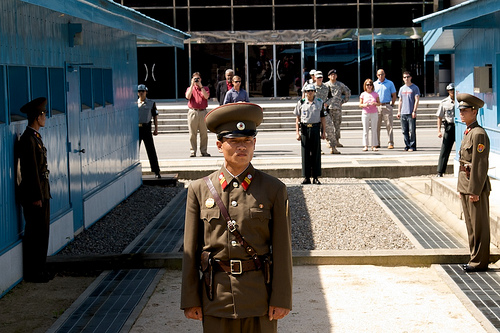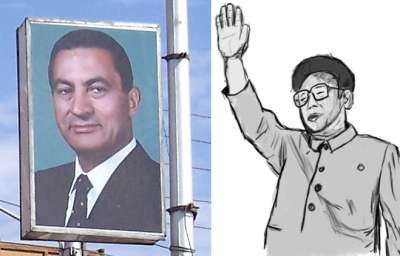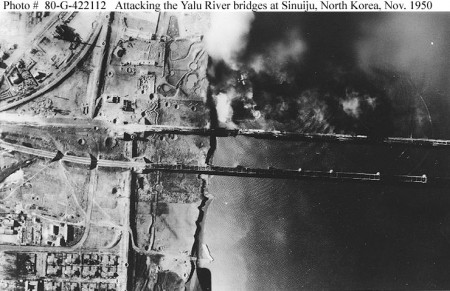
Officials from five aid agencies who have just returned from a trip to the Democratic People’s Republic of Korea (DPRK, or North Korea) say they saw evidence of looming food shortages and alarming malnutrition, including people picking wild grasses to eat. The experts visited North Korea at the request of the DPRK government and were given unprecedented access to assess the country’s food situation. Their report now shows a nation on the verge of disaster. They are therefore appealing for quick assistance to feed the isolated country’s most vulnerable people. There are hurdles, however, to resuming aid to North Korea.
The charity workers – from Christian Friends of Korea, Global Resource Services, Mercy Corps, Samaritan’s Purse and World Vision – spent a week in North Korea earlier this month. In their report, they say they visited hospitals, orphanages and homes as well as farms and warehouses. And they paint a very bleak picture. Last summer, heavy rains and flooding reduced vegetable crops by more than 50 percent, and a bitter winter has now frozen up to 50 percent of wheat and barley. Both the NGOs and the North Korean authorities estimate that food stocks will be exhausted before June.
North Korea has been suffering from food shortages due to economic mismanagement and natural disasters intermittently for the past two decades, when China and the former Soviet Union implemented hard currency payment systems that sharply reduced North Korea’s ability to import goods. The years of mismanagement thus resulted in famines during the 1990s which, according to some estimates, killed over a million people. In past years, therefore, South Korea and the US have been the primary external sources of food, either through direct food assistance or deliveries of fertilizer. But this year, with rising impatience and anger toward the North Korean regime, these reinforcements are in doubt.



